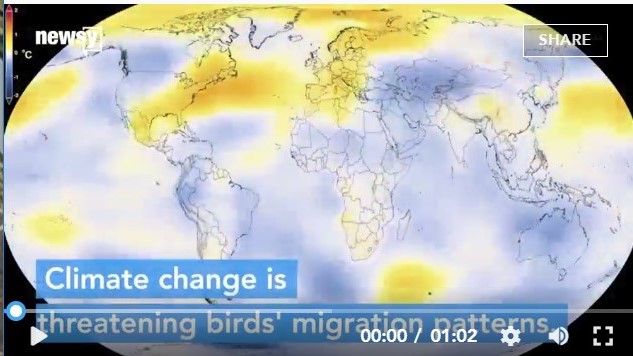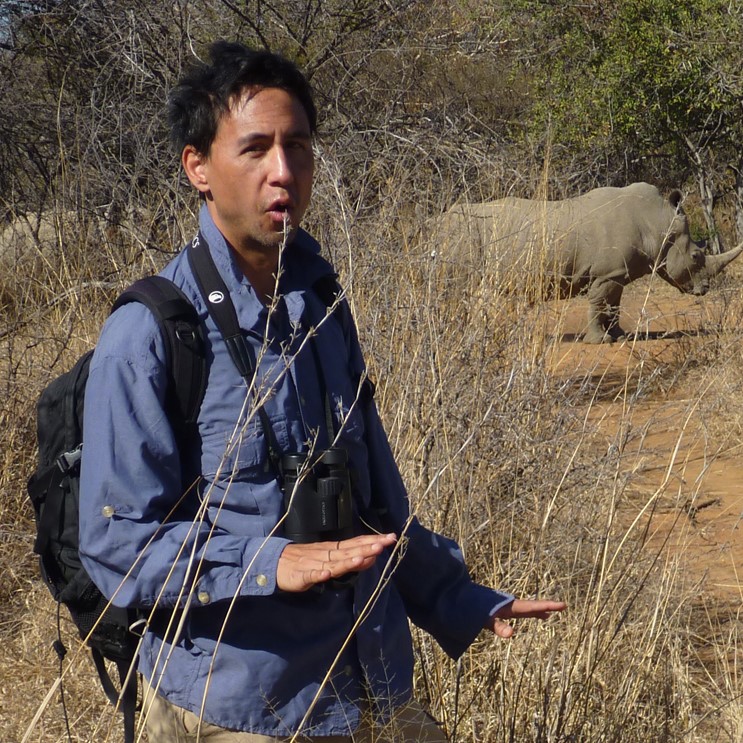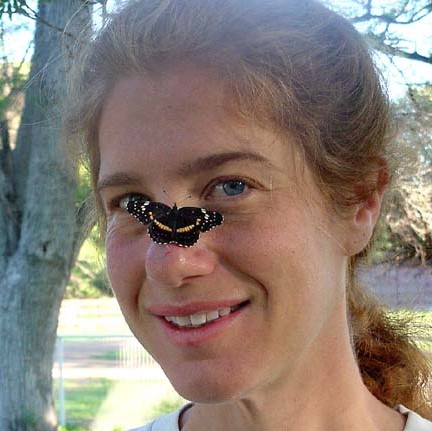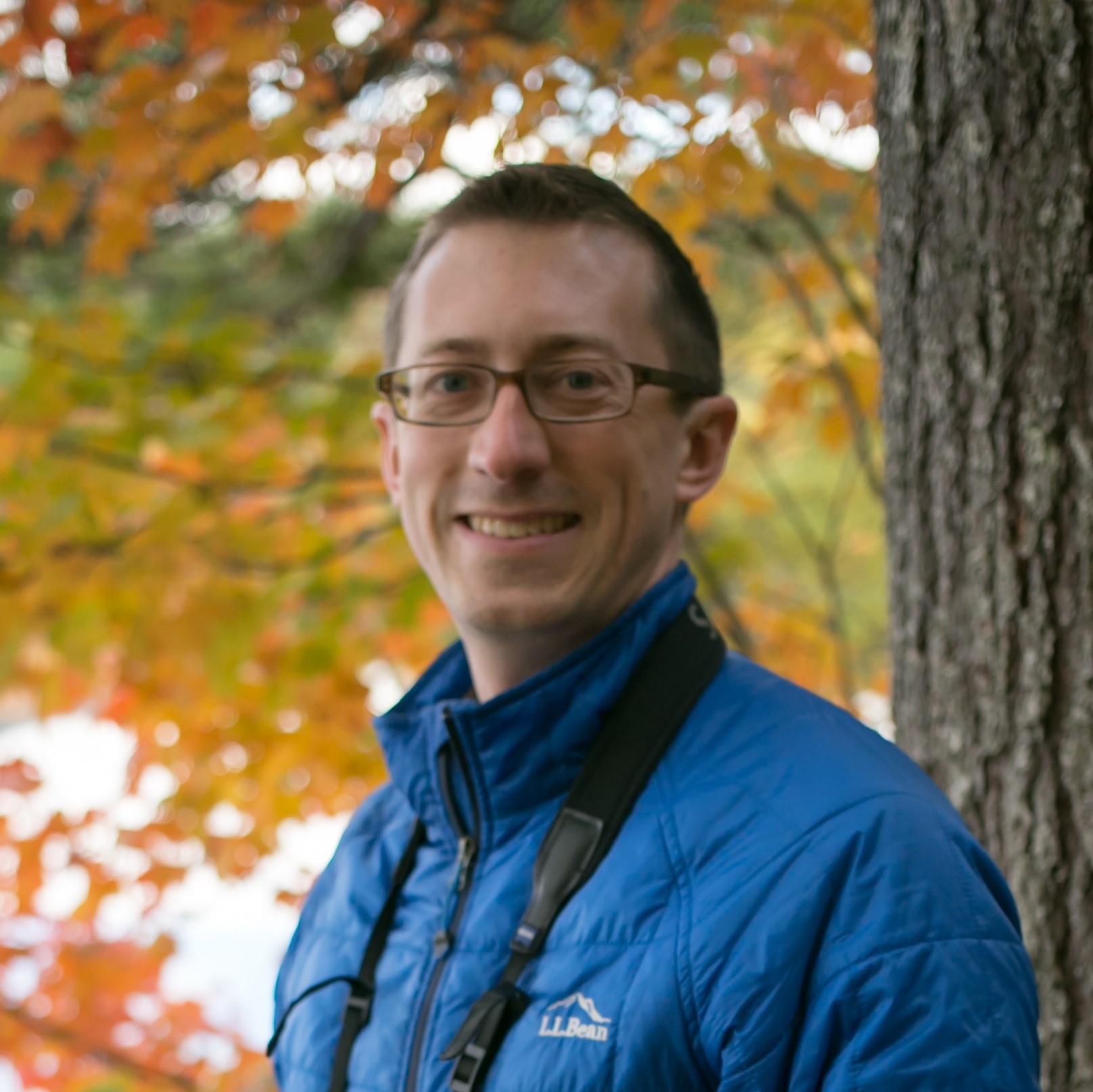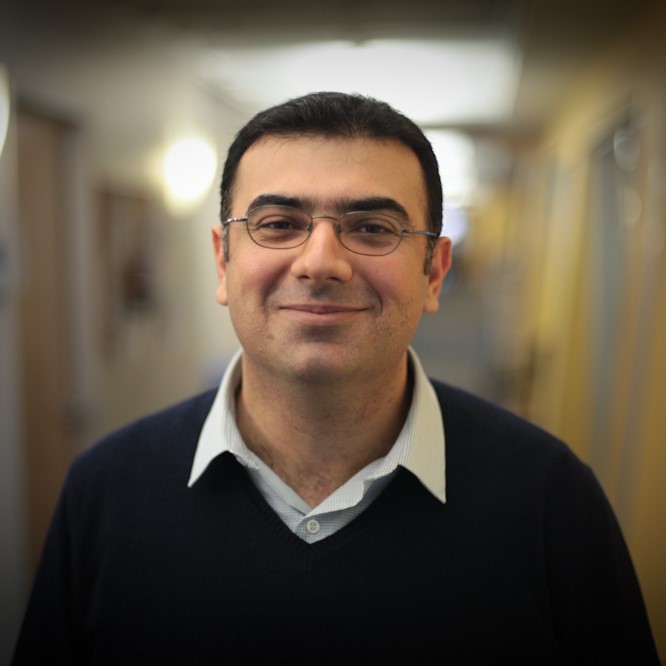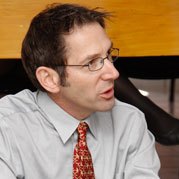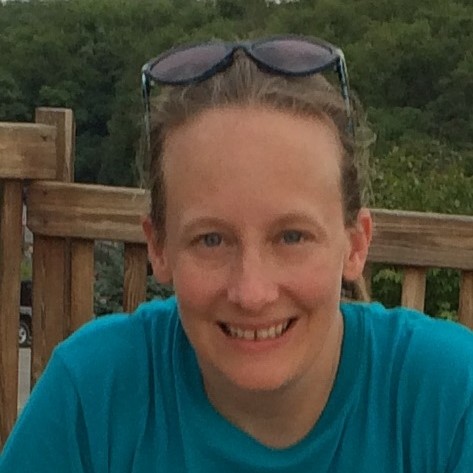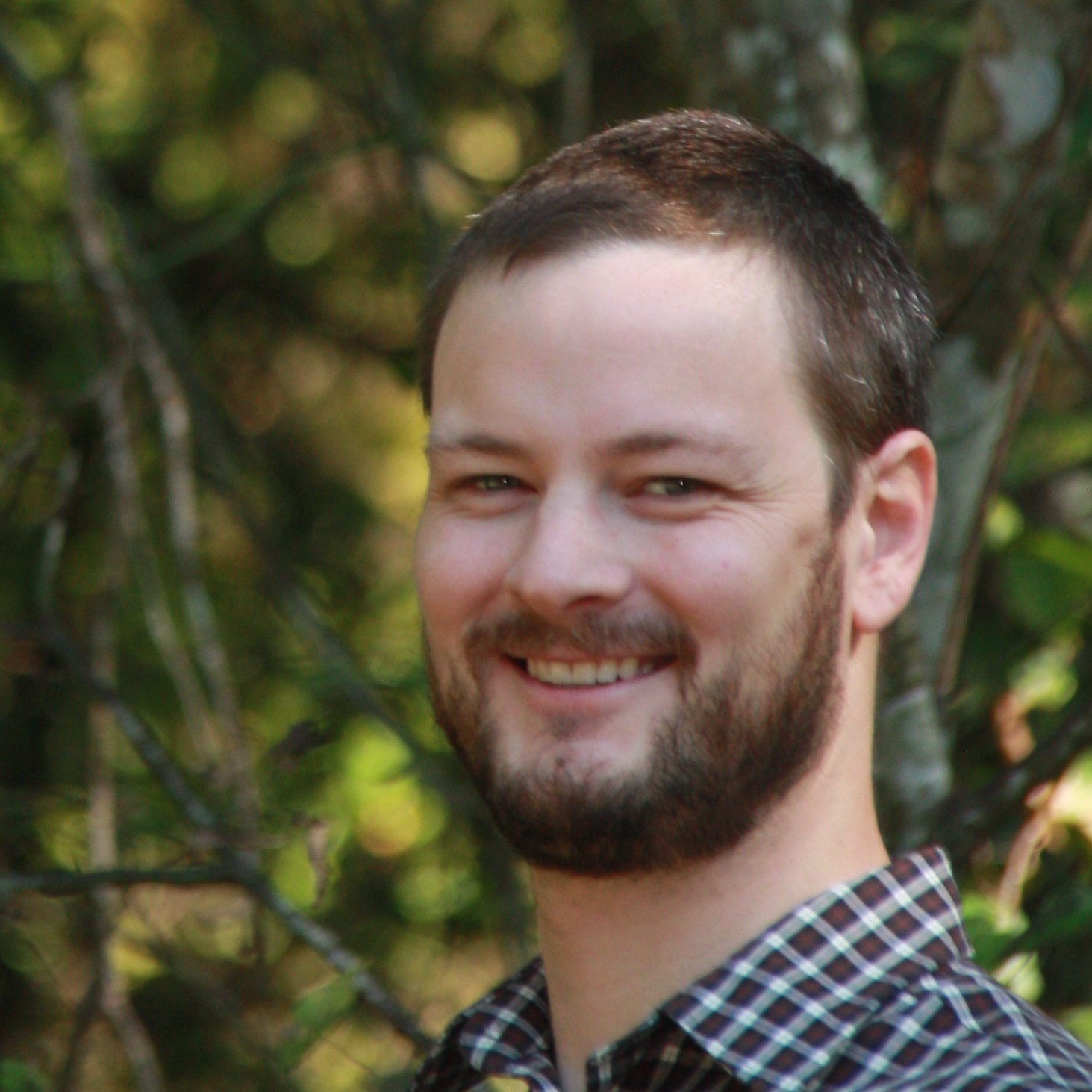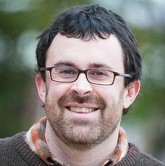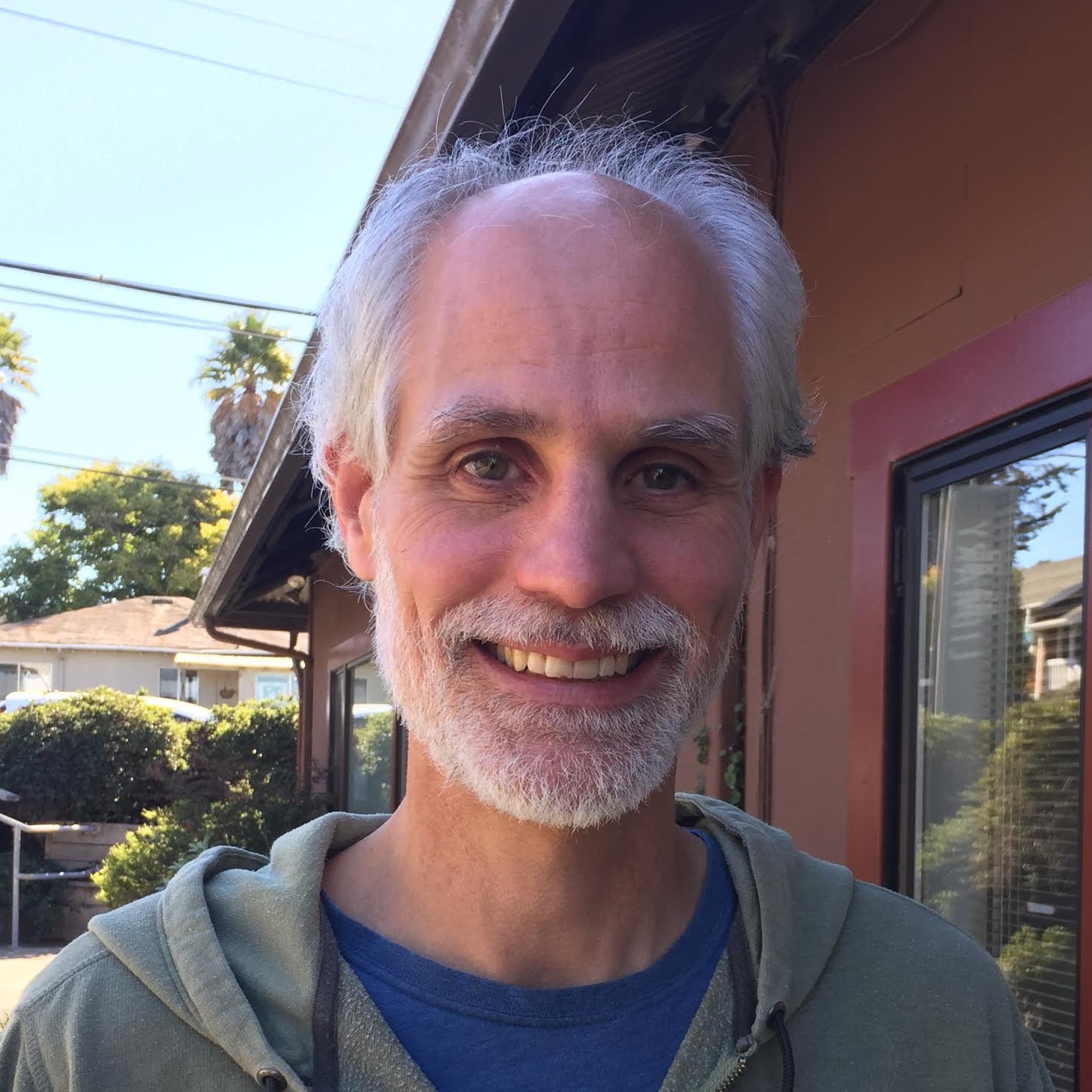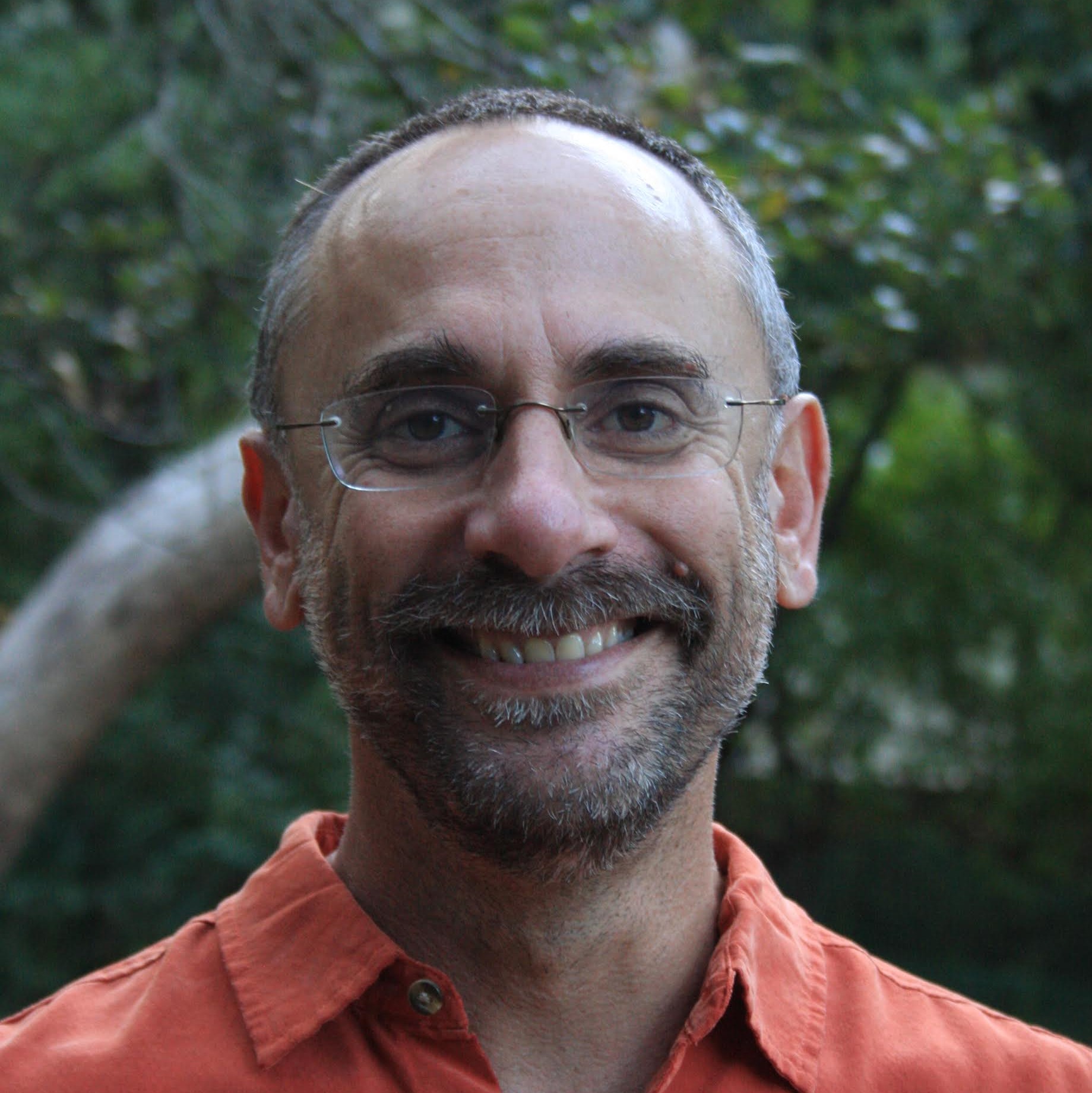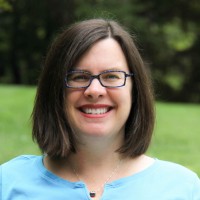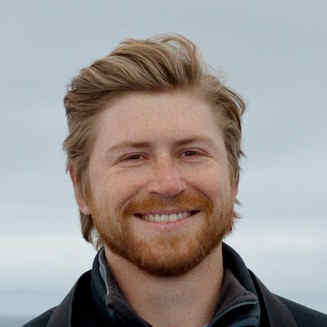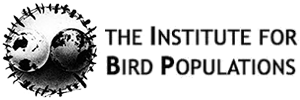The Science
The timing and synchrony of seasonal events presents real challenges in the natural world.
-
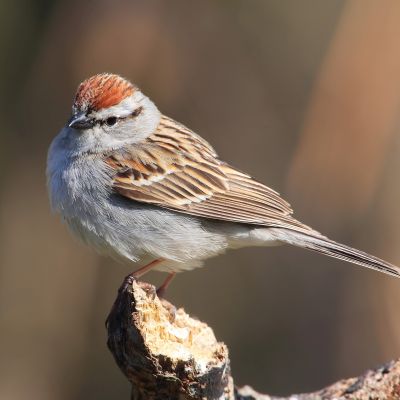
Departure
When to go?
Migratory birds coordinate their departure from wintering grounds in Central or South America to arrive at North American breeding grounds at just the right time.
-
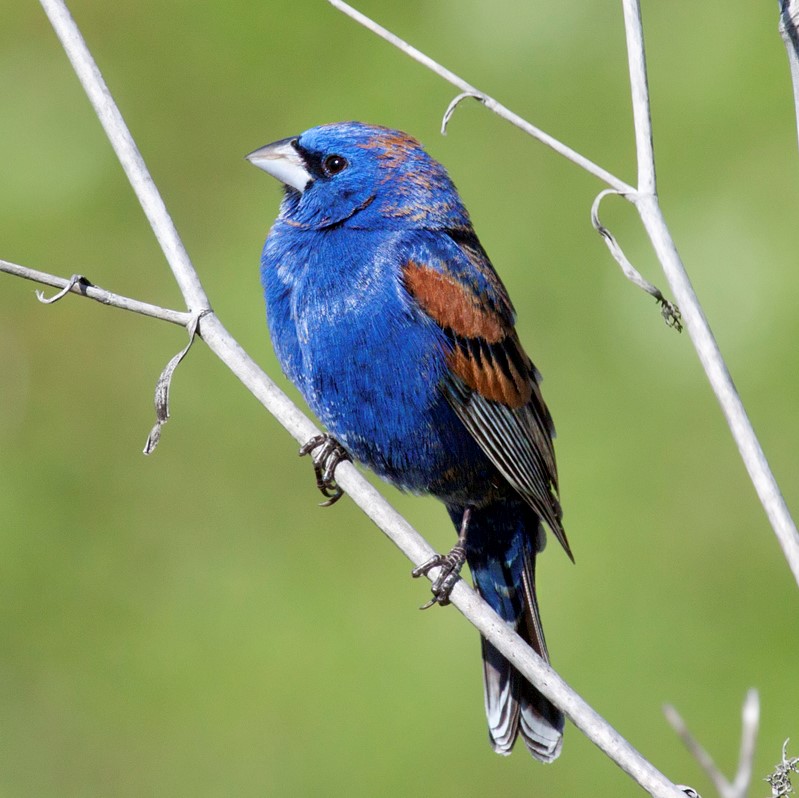
Timing
Not Yet
If birds leave too early, they risk experiencing severe weather from late frosts or blizzards.
-
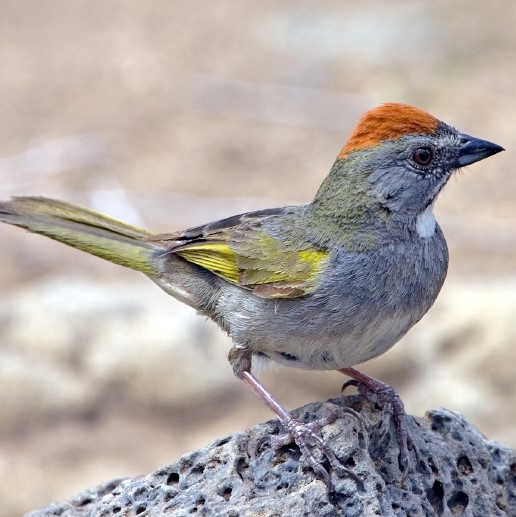
Timing
Missed Opportunity
If birds leave too late, they risk missing the peak in early spring insects that they depend on to successfully raise offspring.
-
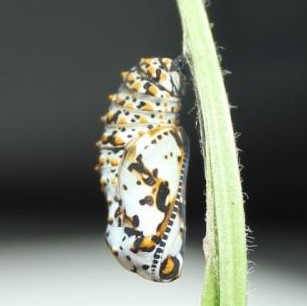
Insects
Emergence
Insects such as butterflies also benefit when their emergence coincides with the springtime flush of new plant growth.
-
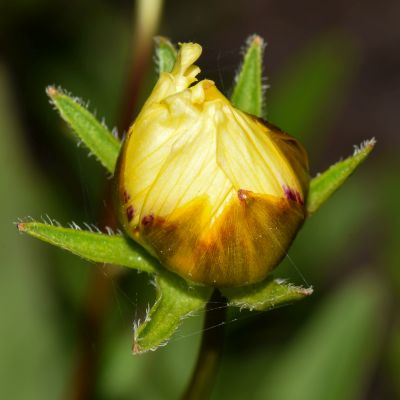
Phenological Mismatch
Springtime shift
The timing of spring has been shifting earlier in recent years, and this raises the possibility of mismatches in spring timing between birds, insects, and plants.
-

Existing Research
Small Scale
Local-scale studies have documented specific instances of phenological mismatch but fail to inform how mismatch consequences propagate across spatial, temporal, or trophic scales.
-

Our Research
Macrosystems
We received funding by the National Science Foundation to examine phenological mismatch across three trophic levels in eastern North America.
-
What
Happens
Next?Next Steps
Come back to learn more as we conduct our research.
